Home>Furniture & Design>Interior Design Trends>What Is A Glass Mat Battery
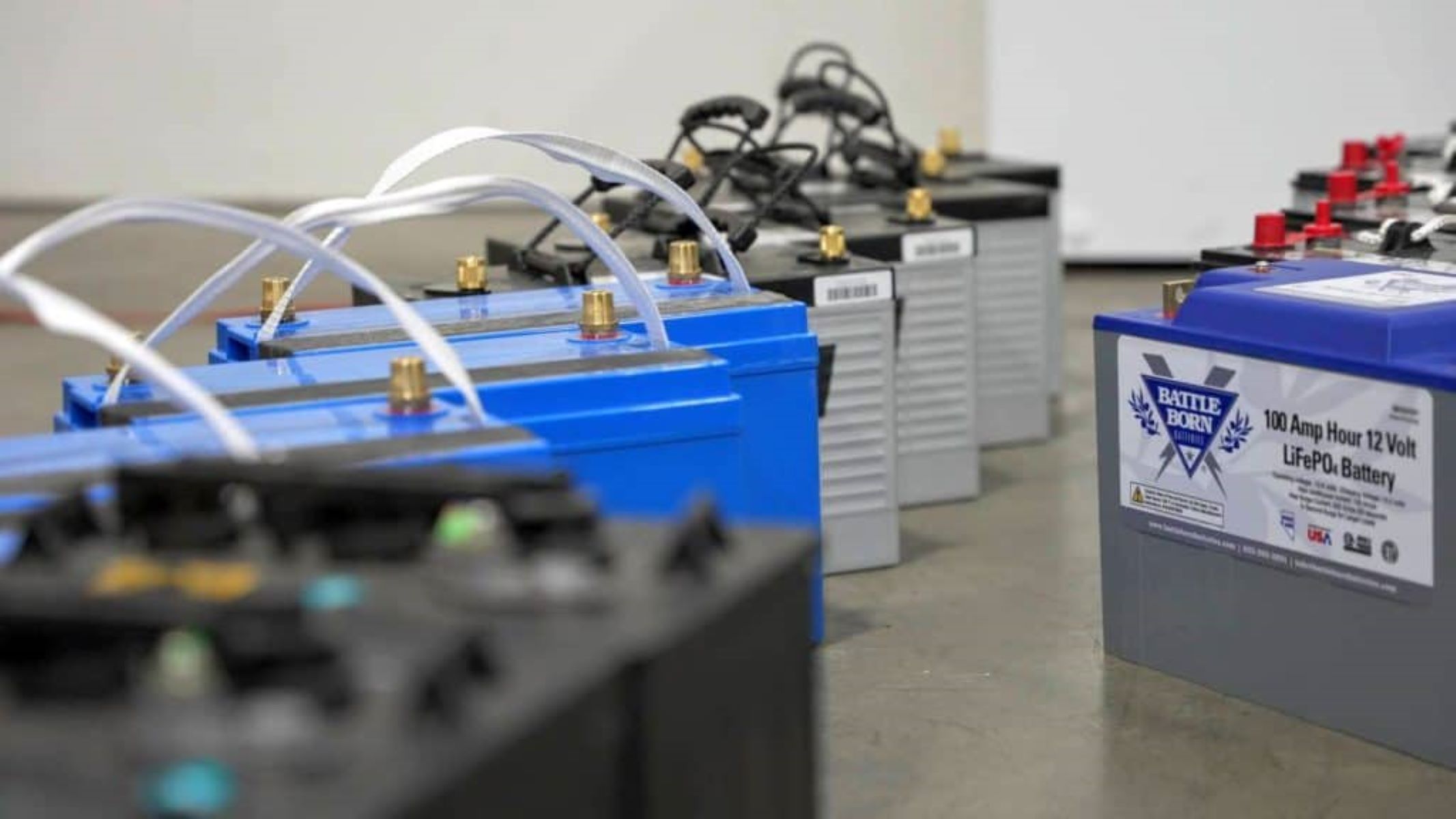

Interior Design Trends
What Is A Glass Mat Battery
Modified: February 17, 2024
Discover the latest interior design trends with our guide to glass mat batteries. Learn how this innovative technology can elevate your home decor.
(Many of the links in this article redirect to a specific reviewed product. Your purchase of these products through affiliate links helps to generate commission for Storables.com, at no extra cost. Learn more)
Introduction
Glass mat batteries, also known as absorbed glass mat (AGM) batteries, are a type of valve-regulated lead-acid (VRLA) battery. They have gained popularity in various applications due to their unique construction and performance characteristics. Unlike traditional flooded lead-acid batteries, AGM batteries utilize a specialized design that enhances their efficiency, reliability, and versatility.
These batteries are constructed with a fiberglass mat separator that is saturated with electrolyte, which is then placed between the lead plates. This design allows the electrolyte to be absorbed by the mat, eliminating the need for free-flowing liquid electrolyte. As a result, AGM batteries are spill-proof and can be mounted in various orientations without the risk of leakage, making them suitable for use in diverse environments.
The development of AGM technology has revolutionized the energy storage industry, offering a viable alternative to conventional lead-acid and other battery types. With their sealed construction and maintenance-free operation, AGM batteries have found widespread applications in automotive, marine, renewable energy, and backup power systems. Their ability to deliver high currents and withstand deep discharges makes them an ideal choice for demanding power requirements.
In the following sections, we will delve deeper into the structure, advantages, disadvantages, and applications of glass mat batteries, shedding light on the unique features that make them a compelling choice for various power storage needs.
Key Takeaways:
- Glass mat batteries, or AGM batteries, are spill-proof, maintenance-free, and ideal for cars, boats, and renewable energy systems due to their fast charging, deep discharge tolerance, and low self-discharge rate.
- Despite being sensitive to overcharging and high temperatures, AGM batteries offer reliable power storage for vehicles, renewable energy, backup systems, and UPS applications, making them a valuable energy storage solution.
Read more: What Is A Bath Mat
Structure of a Glass Mat Battery
A glass mat battery, or absorbed glass mat (AGM) battery, features a distinctive construction that sets it apart from traditional flooded lead-acid batteries. The key component of an AGM battery is the fiberglass mat separator, which plays a crucial role in its operation. This separator is designed to hold the electrolyte solution in place, allowing for efficient and reliable energy storage.
The internal structure of a glass mat battery consists of several essential elements. The lead plates, coated with active materials, serve as the primary energy storage components. These plates are arranged in a stacked configuration within the battery casing, providing the necessary surface area for electrochemical reactions to occur.
The fiberglass mat separator, positioned between the lead plates, acts as a reservoir for the electrolyte. This specialized mat is designed to absorb and retain the electrolyte solution, preventing it from spilling or leaking, even when the battery is subjected to movement or vibration. The absorbed glass mat effectively immobilizes the electrolyte, ensuring that it remains in close proximity to the active material on the plates, thereby facilitating rapid energy transfer during charging and discharging cycles.
Furthermore, AGM batteries incorporate a valve-regulated design, which allows for the internal generation and recombination of gases produced during operation. This feature contributes to the sealed nature of the battery, eliminating the need for regular maintenance and reducing the risk of electrolyte loss. The valve-regulated system also helps regulate the internal pressure, safeguarding the battery against overpressure conditions.
The overall structure of a glass mat battery enables it to deliver exceptional performance in a compact and maintenance-free package. The efficient utilization of space, combined with the sealed construction, makes AGM batteries suitable for a wide range of applications, including automotive starting, deep-cycle marine use, off-grid solar energy storage, and uninterruptible power supply (UPS) systems.
In summary, the unique structure of a glass mat battery, characterized by the fiberglass mat separator and valve-regulated design, contributes to its reliability, durability, and versatility. This innovative construction has positioned AGM batteries as a preferred choice for numerous power storage requirements, offering a compelling alternative to traditional lead-acid and other battery technologies.
Advantages of Glass Mat Batteries
Glass mat batteries, or absorbed glass mat (AGM) batteries, offer a host of advantages that make them a preferred choice for various applications. These advantages stem from the unique construction and performance characteristics of AGM batteries, setting them apart from traditional flooded lead-acid and other battery types.
-
Maintenance-Free Operation: One of the primary advantages of glass mat batteries is their maintenance-free nature. Unlike flooded lead-acid batteries that require periodic topping up with distilled water, AGM batteries are sealed and do not necessitate electrolyte maintenance. This feature eliminates the need for regular checks and adjustments, making AGM batteries convenient and hassle-free to use.
-
Spill-Proof Design: The sealed construction of AGM batteries renders them spill-proof, allowing for safe and flexible installation in various orientations. This feature is particularly beneficial in automotive and marine applications, where the risk of electrolyte leakage is a concern. The spill-proof design enhances the safety and reliability of AGM batteries, making them suitable for use in demanding environments.
-
Vibration Resistance: Glass mat batteries are designed to withstand vibrations and mechanical shocks, making them well-suited for mobile and off-road applications. The fiberglass mat separator immobilizes the electrolyte, preventing it from sloshing around during movement. This vibration resistance ensures that AGM batteries can deliver consistent performance in rugged conditions, enhancing their durability and longevity.
-
Fast Charging: AGM batteries are capable of rapid charging, allowing for quick replenishment of energy. The efficient utilization of the absorbed glass mat and the specialized design of the lead plates facilitate swift energy transfer during the charging process. This feature is advantageous in applications where fast recharging is essential, such as in backup power systems and emergency lighting.
-
Deep Discharge Tolerance: Glass mat batteries exhibit excellent tolerance to deep discharges, enabling them to recover and perform reliably even after being discharged to low energy levels. This characteristic makes AGM batteries well-suited for deep-cycle applications, including renewable energy storage and marine house bank setups. The ability to withstand repeated deep discharges without compromising performance enhances the versatility of AGM batteries.
-
Low Self-Discharge Rate: AGM batteries have a low self-discharge rate, allowing them to retain stored energy for extended periods without significant loss. This feature is advantageous in standby and backup power applications, where the battery may need to remain idle for prolonged durations before being called into action. The minimal self-discharge of AGM batteries ensures that they are ready to deliver power when needed.
In summary, the advantages of glass mat batteries, including maintenance-free operation, spill-proof design, vibration resistance, fast charging, deep discharge tolerance, and low self-discharge rate, make them a compelling choice for a wide range of power storage needs. These benefits, coupled with the reliability and versatility of AGM technology, position glass mat batteries as a valuable solution in automotive, marine, renewable energy, and backup power applications.
Disadvantages of Glass Mat Batteries
While glass mat batteries, or absorbed glass mat (AGM) batteries, offer a multitude of benefits, it is important to consider their limitations and potential drawbacks. Understanding the disadvantages of AGM batteries can provide valuable insights when evaluating their suitability for specific applications.
-
Cost: AGM batteries typically come with a higher price tag compared to traditional flooded lead-acid batteries. The advanced construction and specialized materials used in AGM technology contribute to the elevated cost of these batteries. This aspect may impact budget-sensitive applications, especially in scenarios where a large number of batteries are required.
-
Sensitivity to Overcharging: Glass mat batteries are sensitive to overcharging, which can lead to reduced service life and performance degradation. Overcharging can cause excessive gassing and elevated internal temperatures, potentially damaging the battery and compromising its reliability. Careful monitoring and regulation of charging processes are essential to prevent overcharging in AGM batteries.
-
Limited Tolerance to High Temperatures: AGM batteries have a reduced tolerance to high operating temperatures compared to some other battery types. Elevated temperatures can accelerate the rate of internal chemical reactions, potentially shortening the lifespan of the battery. In environments where high temperatures are prevalent, additional cooling measures may be necessary to mitigate the impact on AGM battery performance.
-
Voltage Sensitivity: Glass mat batteries are sensitive to voltage fluctuations and may exhibit reduced tolerance to overvoltage or undervoltage conditions. Maintaining proper voltage levels is crucial to ensure the optimal operation and longevity of AGM batteries. Voltage irregularities can affect the battery's internal chemistry and lead to premature failure.
-
Limited Depth of Discharge: While AGM batteries are known for their deep discharge tolerance, they may have limitations in terms of the depth of discharge that can be consistently achieved without compromising longevity. Operating AGM batteries at extremely low states of charge on a regular basis can impact their overall service life, necessitating careful management of discharge levels in certain applications.
Understanding these disadvantages can help in making informed decisions regarding the use of glass mat batteries in specific scenarios. Despite these limitations, the unique advantages and performance characteristics of AGM batteries continue to make them a compelling choice for a wide range of applications, especially where their strengths align with the operational requirements and environmental conditions.
Applications of Glass Mat Batteries
Glass mat batteries, or absorbed glass mat (AGM) batteries, find diverse and extensive applications across various industries, owing to their unique characteristics and performance capabilities. The inherent advantages of AGM technology make these batteries well-suited for demanding power storage needs in both stationary and mobile settings.
Read more: What Type Of Bath Mat Is Best
Automotive Sector
AGM batteries have gained significant traction in the automotive sector, particularly in modern vehicles equipped with advanced electrical systems. These batteries are commonly used in start-stop systems, where the engine shuts off when the vehicle comes to a stop, conserving fuel. The rapid energy delivery and high cycling capabilities of glass mat batteries make them ideal for supporting frequent engine restarts, enhancing fuel efficiency and reducing emissions. Additionally, AGM batteries are employed in luxury vehicles, hybrid cars, and electric vehicles, where their reliability and performance contribute to the overall efficiency of the vehicle's power management system.
Marine and RV Applications
Glass mat batteries are well-suited for marine and recreational vehicle (RV) applications, where reliable power storage is essential for onboard electronics, lighting, and auxiliary systems. AGM batteries offer spill-proof and vibration-resistant characteristics, making them suitable for marine environments and off-road travel. Their ability to withstand deep discharges and rapid recharging makes AGM batteries a popular choice for marine house banks, providing dependable power for extended periods while withstanding the rigors of marine environments.
Renewable Energy Storage
In off-grid and grid-tied renewable energy systems, such as solar photovoltaic (PV) installations, glass mat batteries serve as a reliable energy storage solution. AGM batteries can efficiently store energy generated from solar panels, allowing for the utilization of stored power during periods of low sunlight or as backup power during grid outages. The maintenance-free and deep discharge capabilities of AGM batteries make them well-suited for renewable energy applications, providing a dependable energy storage solution for residential, commercial, and industrial settings.
Backup Power Systems
Glass mat batteries play a crucial role in backup power systems, providing reliable energy storage for critical infrastructure, telecommunications, data centers, and emergency lighting. The fast-charging capability and low self-discharge rate of AGM batteries make them an ideal choice for standby power applications, ensuring that backup systems are ready to deliver power when needed. The sealed and maintenance-free nature of AGM batteries enhances their suitability for long-term standby use, offering a dependable power source for essential equipment and facilities.
Uninterruptible Power Supply (UPS) Systems
AGM batteries are widely utilized in UPS systems, safeguarding sensitive electronic equipment and ensuring uninterrupted power supply during utility outages or voltage fluctuations. The high energy density and fast-charging characteristics of glass mat batteries make them well-suited for UPS applications, providing reliable energy storage for critical loads in data centers, healthcare facilities, financial institutions, and telecommunications infrastructure. The compact and sealed design of AGM batteries allows for flexible installation in UPS systems, ensuring reliable backup power in diverse operational environments.
In summary, the versatile applications of glass mat batteries encompass automotive start-stop systems, marine and RV power storage, renewable energy installations, backup power systems, and UPS applications. The unique features of AGM technology, including maintenance-free operation, deep discharge tolerance, and rapid energy delivery, position these batteries as a compelling choice for a wide range of power storage requirements across various industries and operational scenarios.
Conclusion
In conclusion, glass mat batteries, or absorbed glass mat (AGM) batteries, represent a significant advancement in energy storage technology, offering a compelling array of benefits and applications. The unique construction of AGM batteries, characterized by the fiberglass mat separator and sealed design, contributes to their reliability, durability, and versatility. The maintenance-free operation, spill-proof nature, vibration resistance, fast charging capability, deep discharge tolerance, and low self-discharge rate of AGM batteries make them a preferred choice for a wide range of power storage needs.
The applications of glass mat batteries span across diverse industries, including automotive, marine, renewable energy, backup power, and uninterruptible power supply systems. In the automotive sector, AGM batteries support modern vehicle functionalities, such as start-stop systems, hybrid and electric vehicle power management, and advanced electrical systems. In marine and RV applications, glass mat batteries provide dependable power storage for onboard electronics, lighting, and auxiliary systems, withstanding the challenges of marine environments and off-road travel. Additionally, AGM batteries serve as reliable energy storage solutions in off-grid and grid-tied renewable energy systems, offering efficient utilization of solar-generated power and backup energy during low sunlight periods or grid outages. Furthermore, glass mat batteries play a crucial role in backup power systems and uninterruptible power supply applications, ensuring reliable energy storage for critical infrastructure, telecommunications, data centers, and emergency lighting.
Despite the advantages of AGM batteries, it is important to consider their limitations, including cost, sensitivity to overcharging, limited tolerance to high temperatures, voltage sensitivity, and limited depth of discharge. Understanding these drawbacks can aid in making informed decisions regarding the use of glass mat batteries in specific scenarios.
In essence, the development and widespread adoption of glass mat batteries have significantly contributed to the advancement of energy storage solutions, offering efficient, reliable, and versatile power storage options for various operational requirements. The continuous innovation in AGM technology, coupled with ongoing research and development efforts, is expected to further enhance the performance and applicability of glass mat batteries in the evolving energy landscape. As the demand for efficient and sustainable energy storage solutions continues to grow, glass mat batteries are poised to play a pivotal role in meeting diverse power storage needs across industries and applications.
Frequently Asked Questions about What Is A Glass Mat Battery
Was this page helpful?
At Storables.com, we guarantee accurate and reliable information. Our content, validated by Expert Board Contributors, is crafted following stringent Editorial Policies. We're committed to providing you with well-researched, expert-backed insights for all your informational needs.
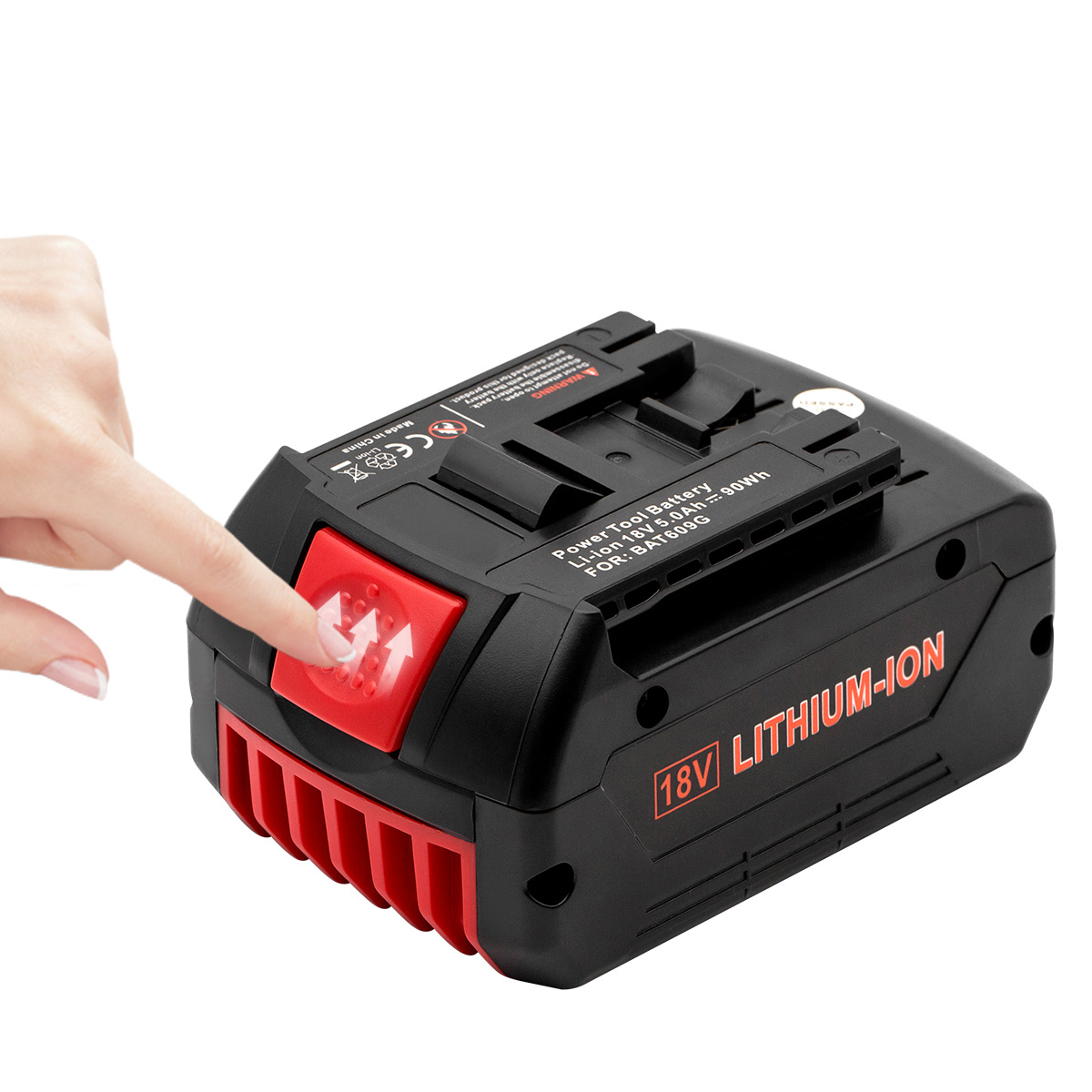
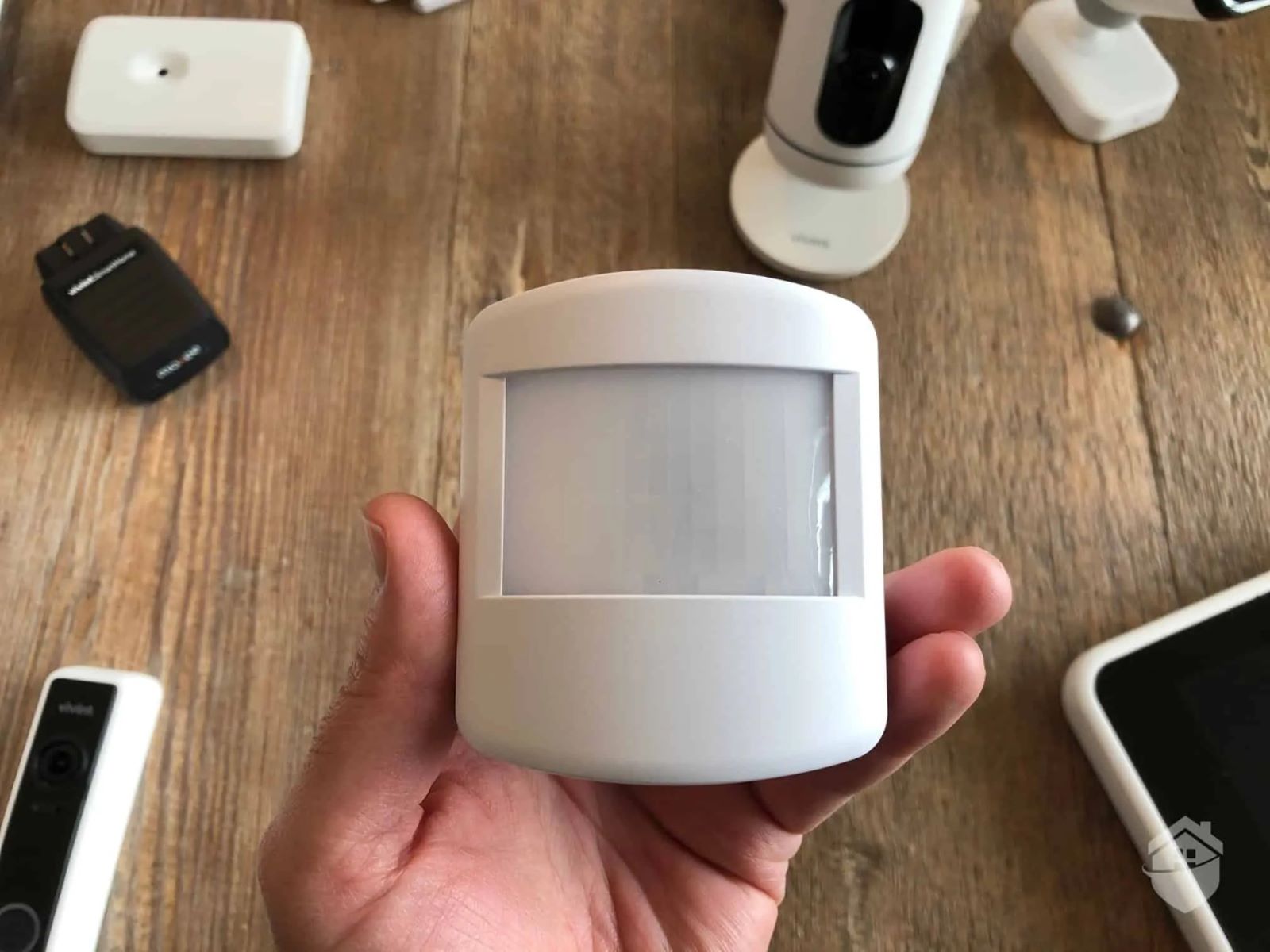
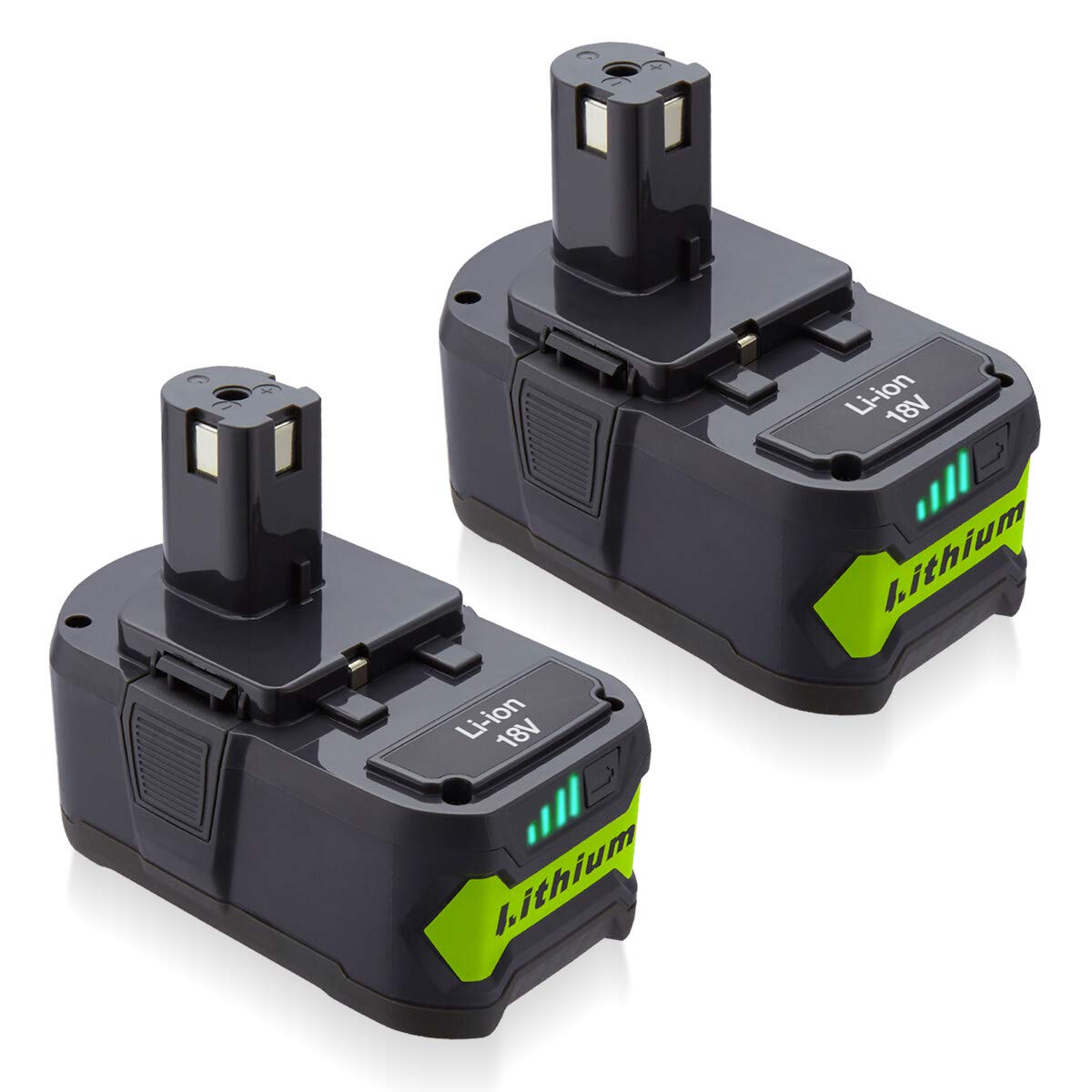

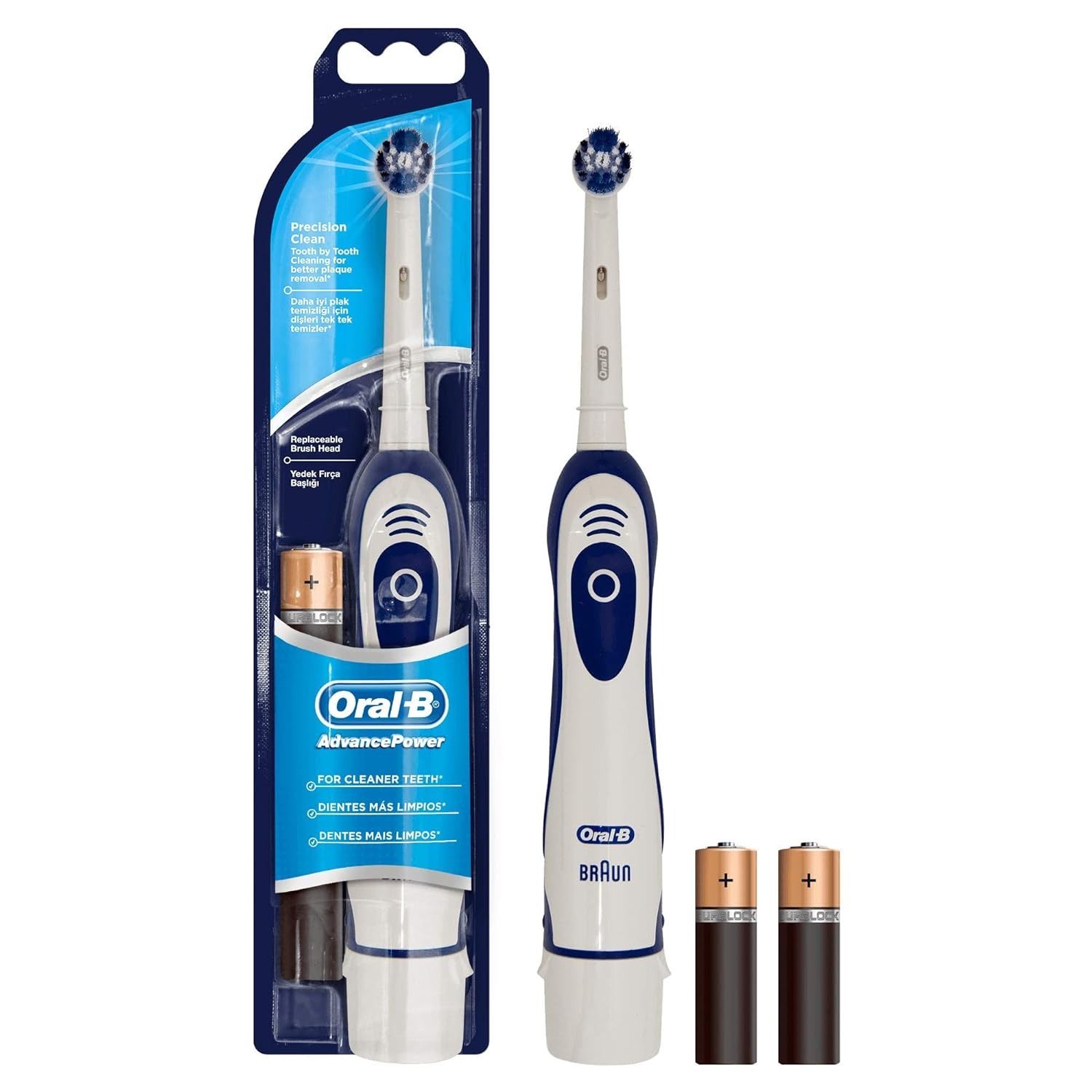

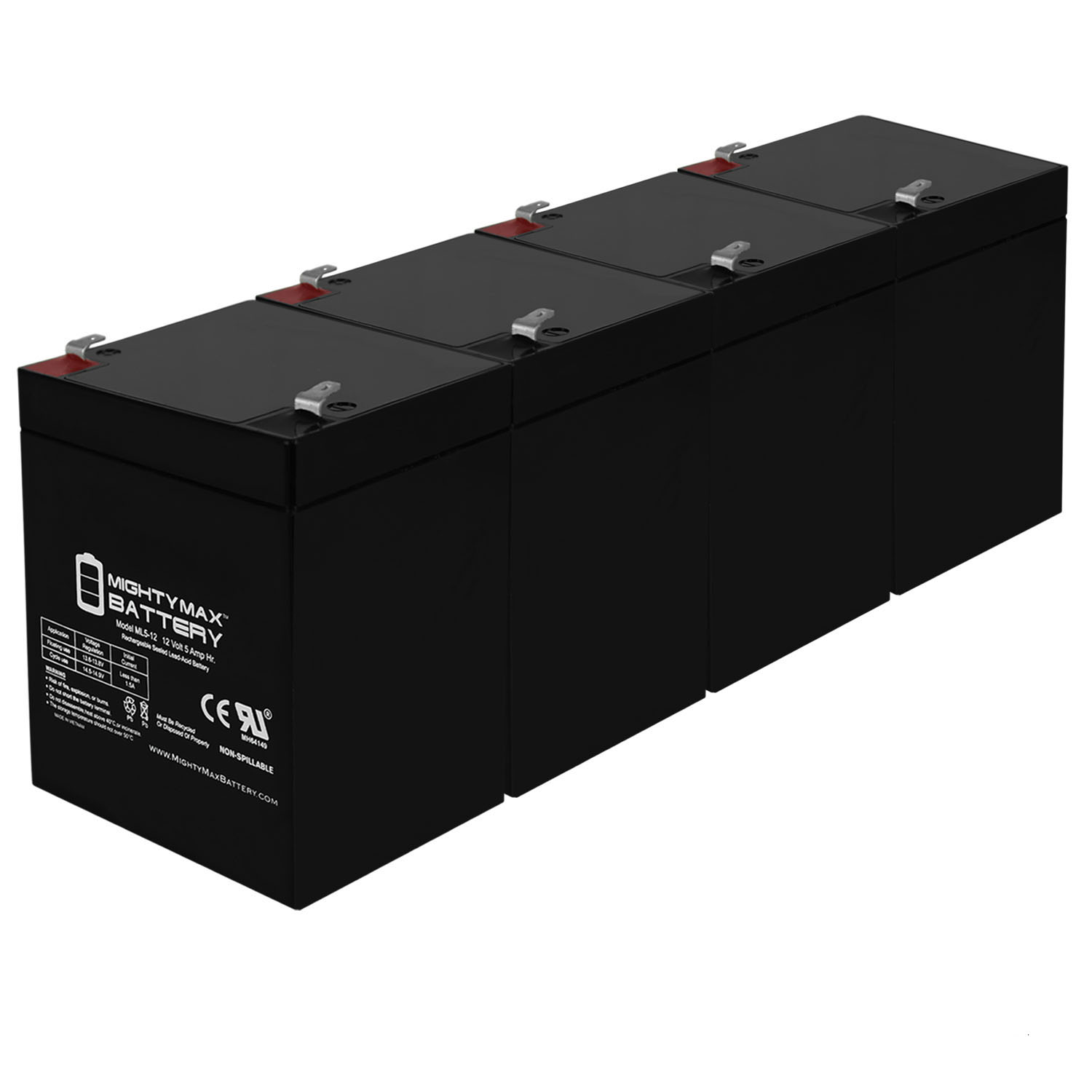


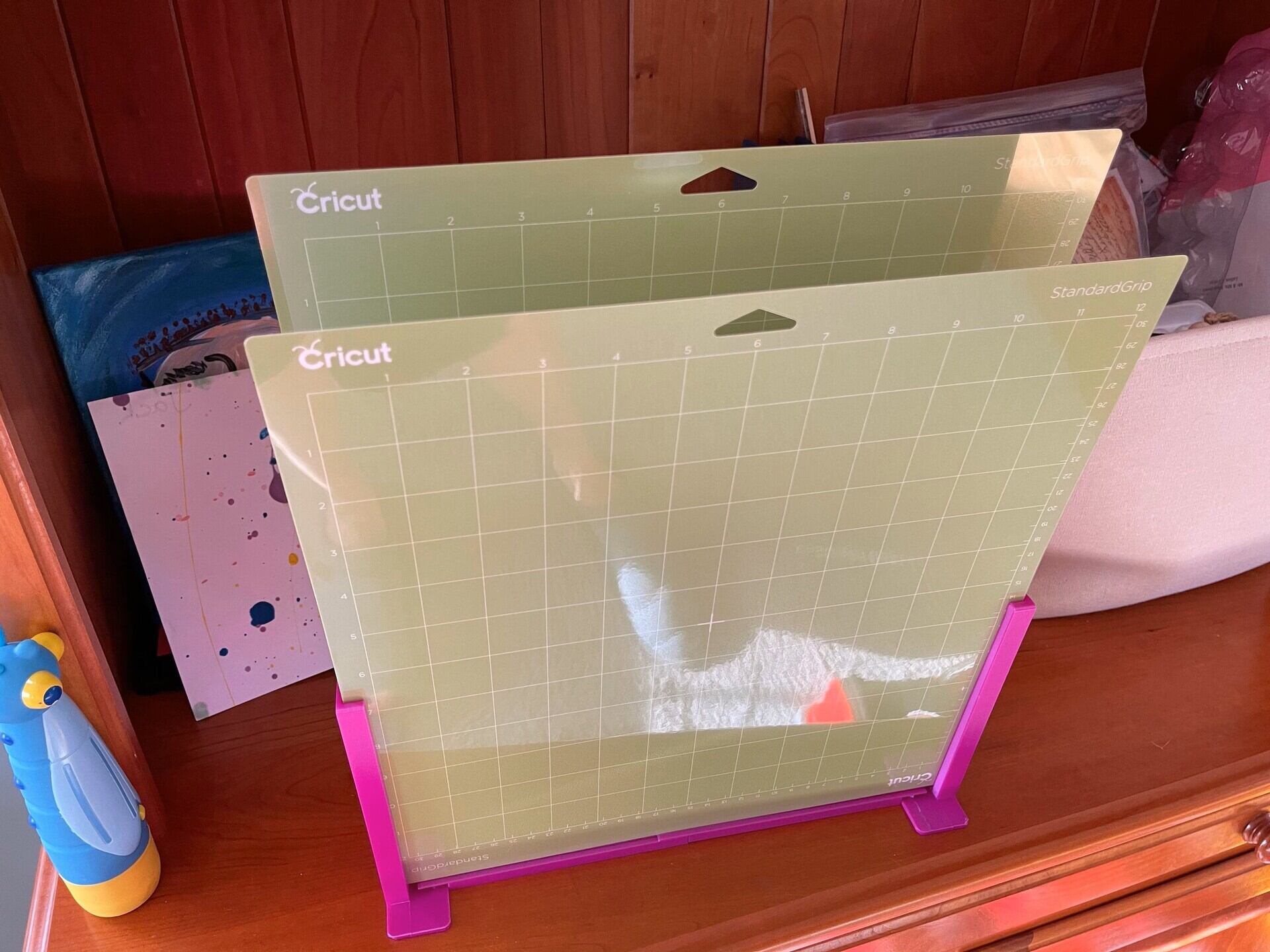




0 thoughts on “What Is A Glass Mat Battery”